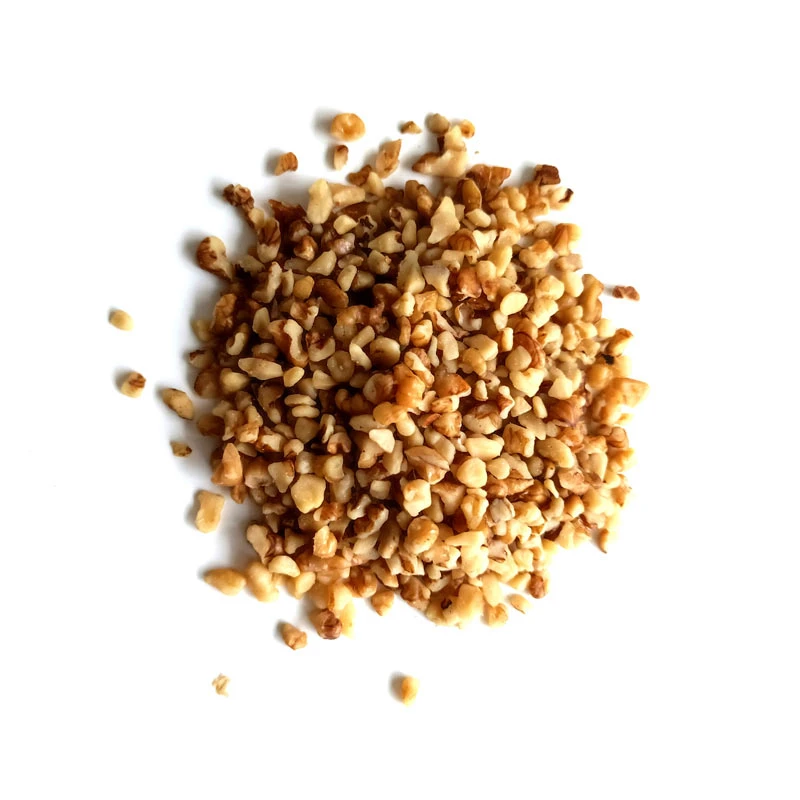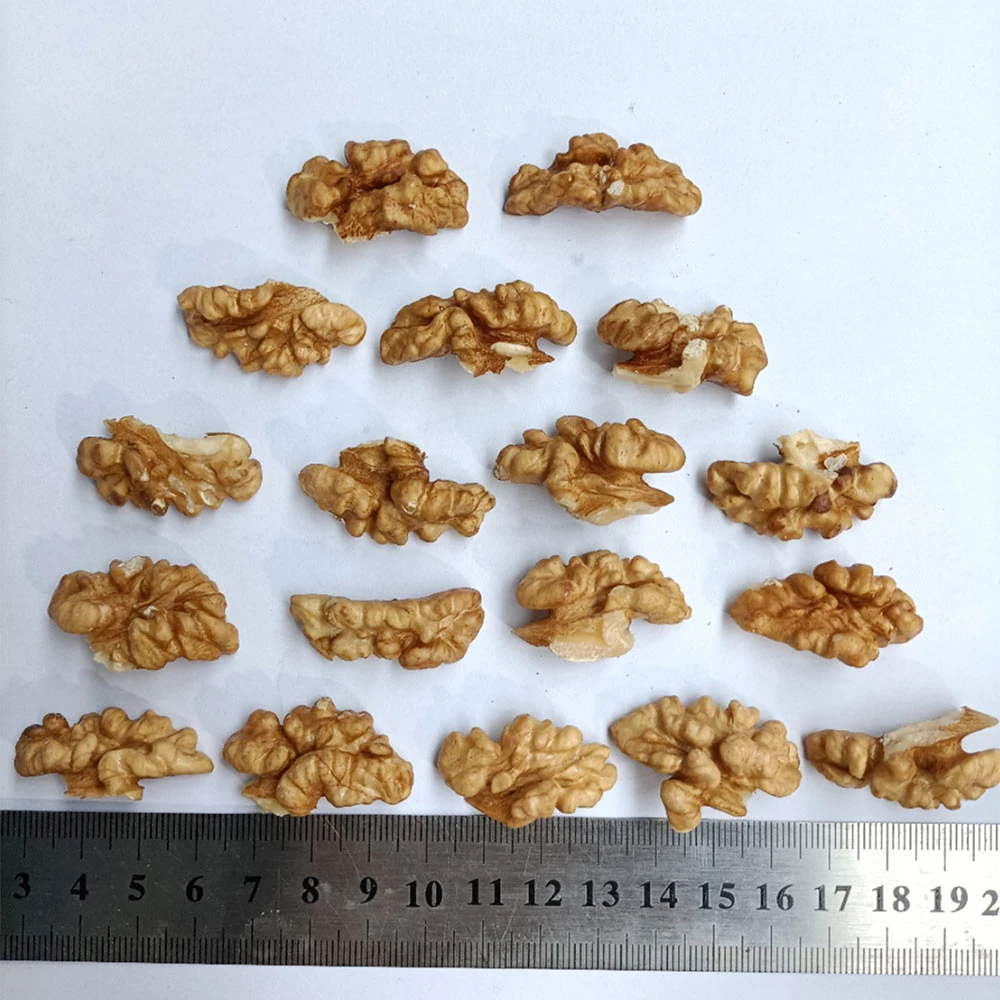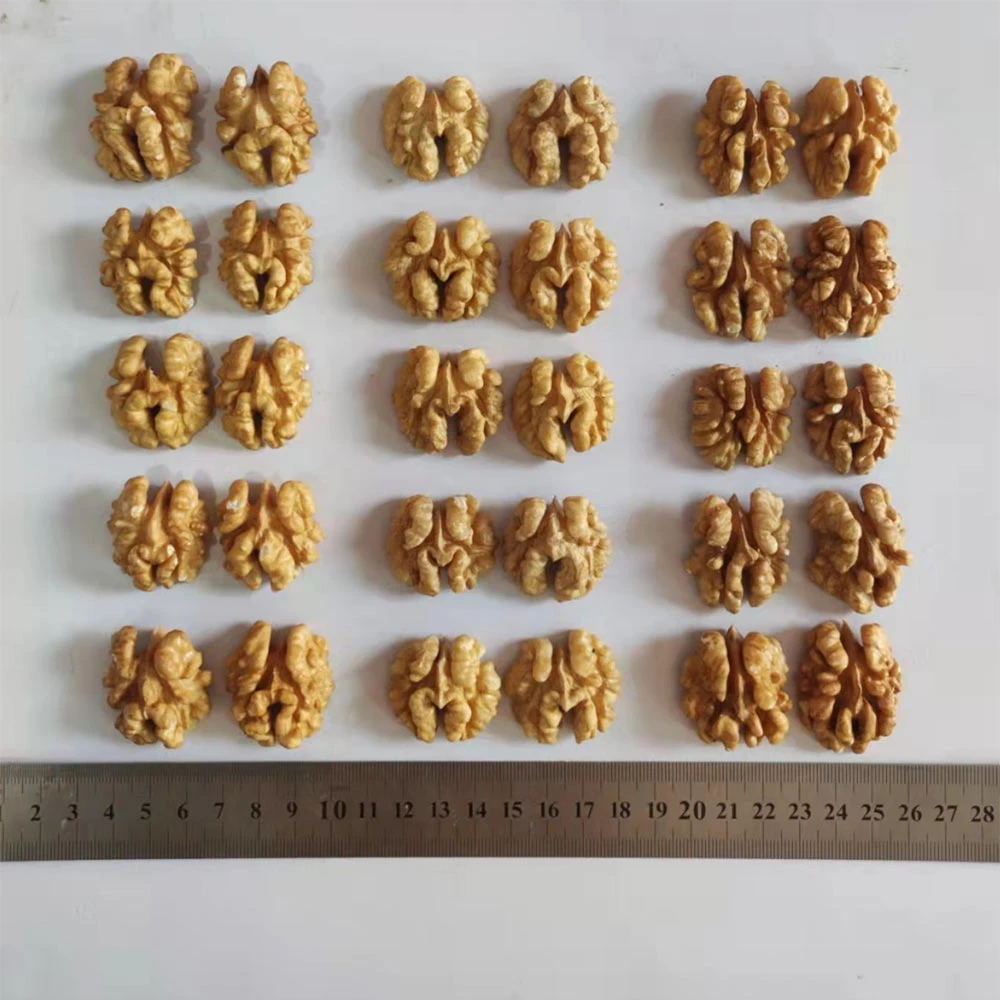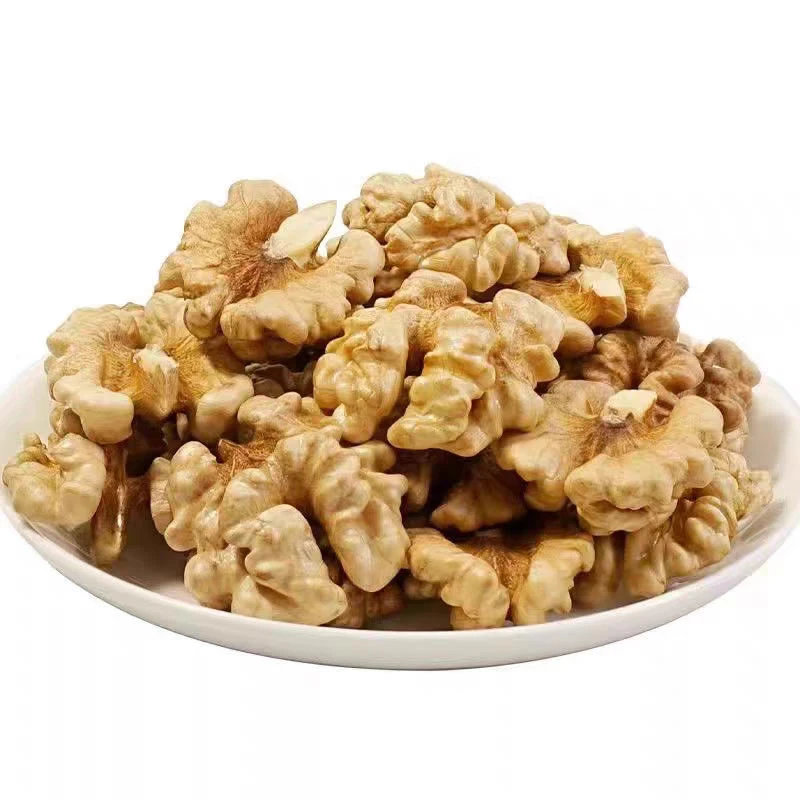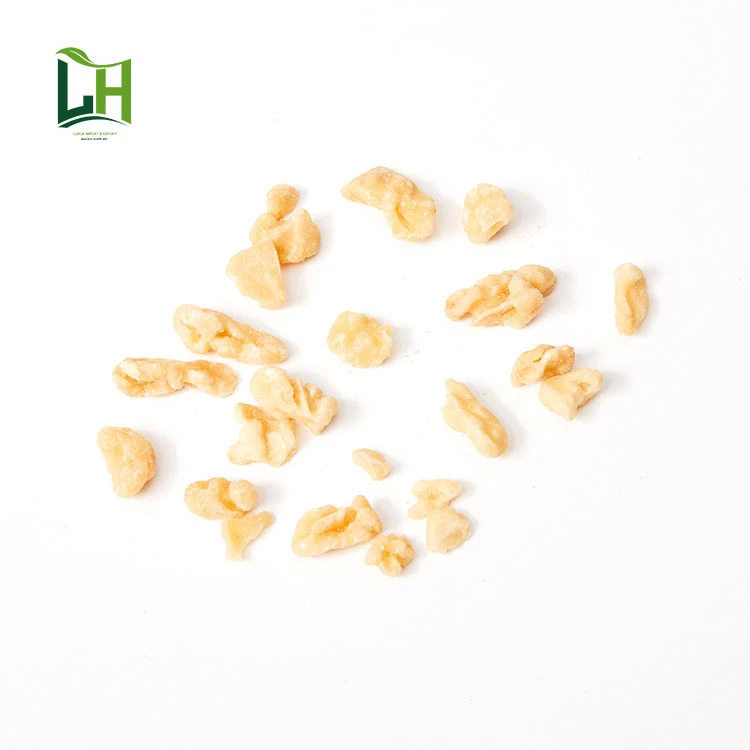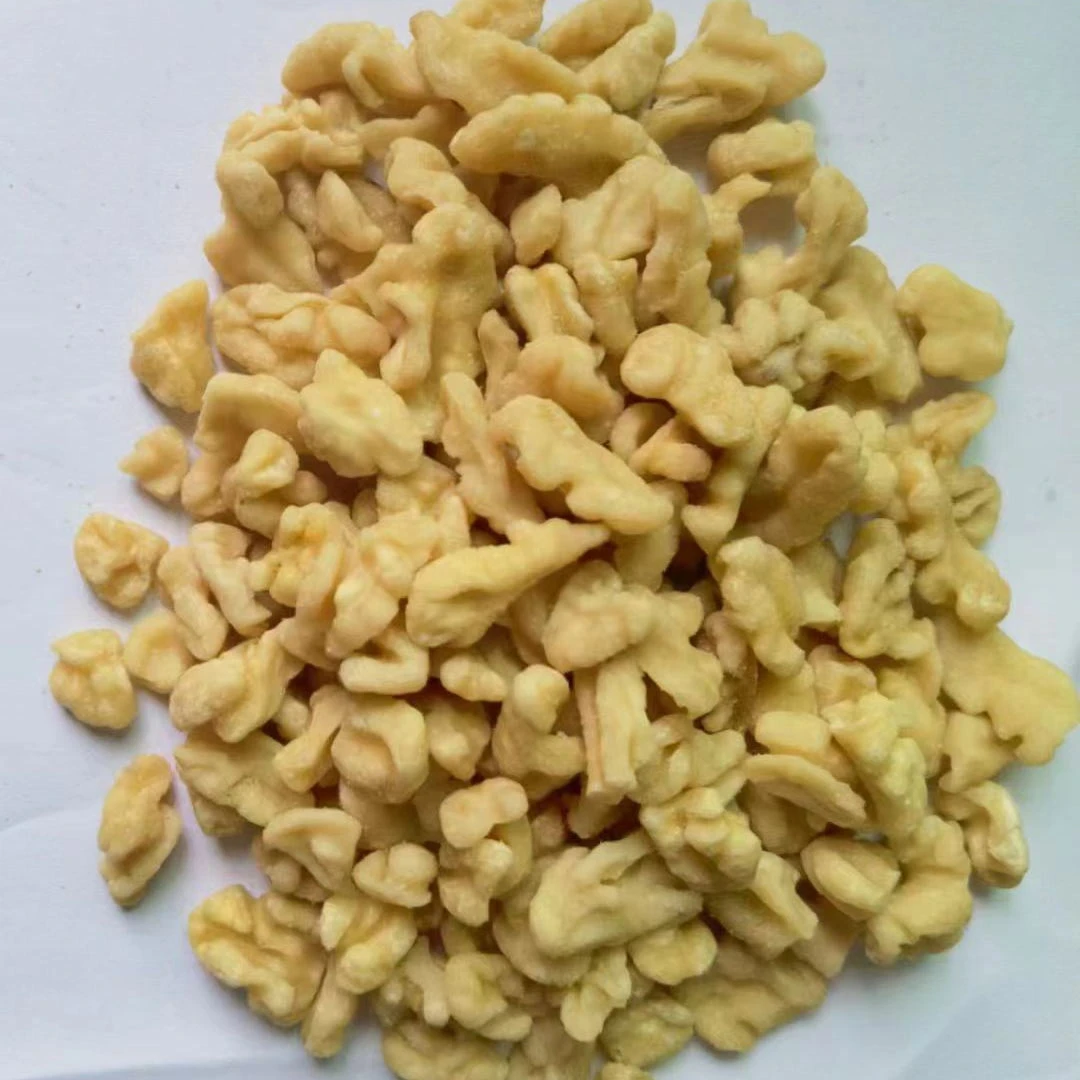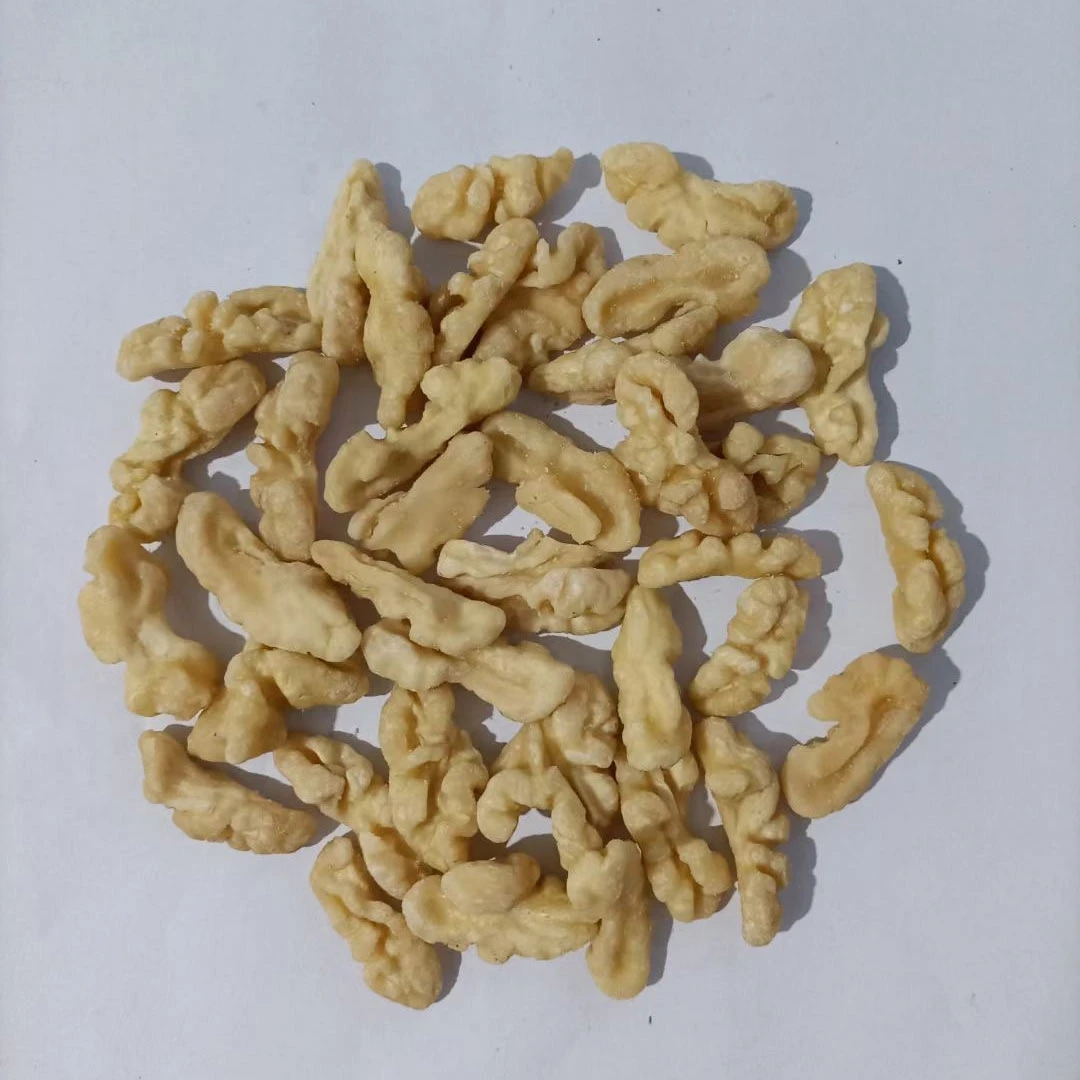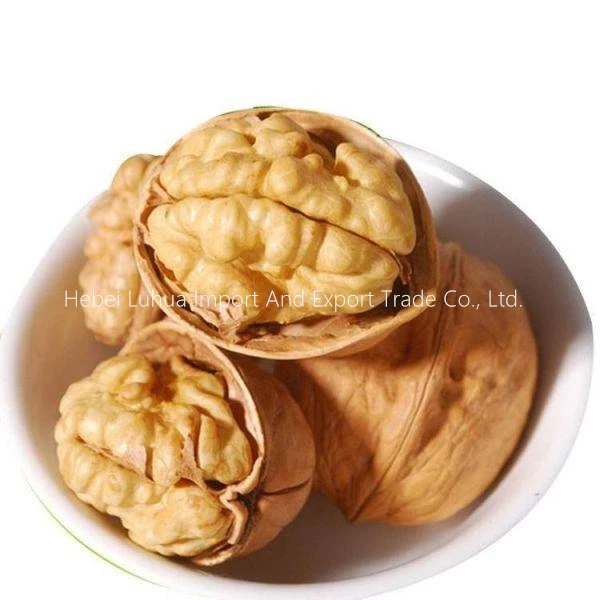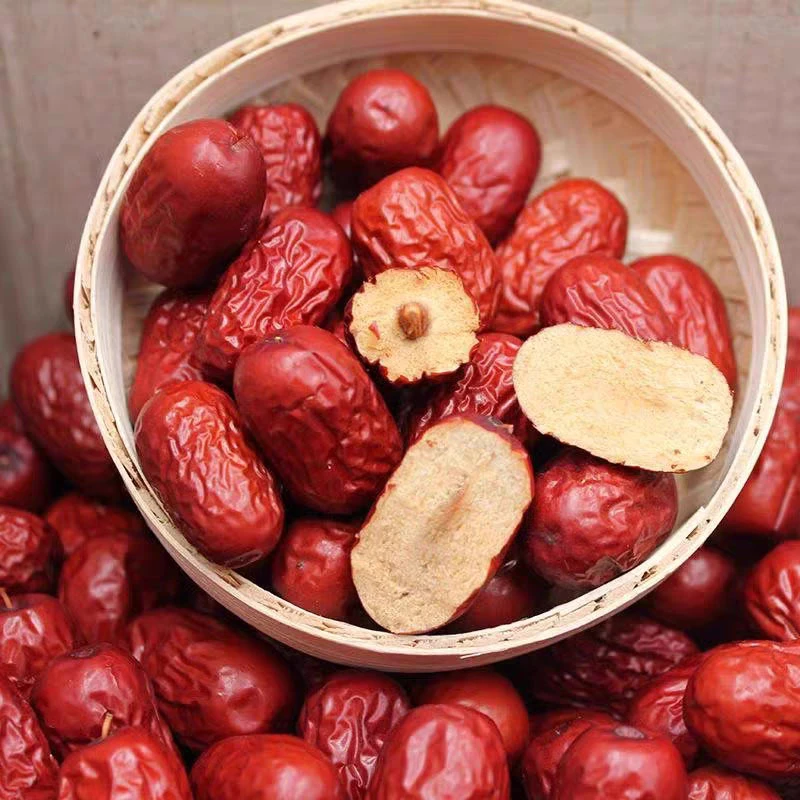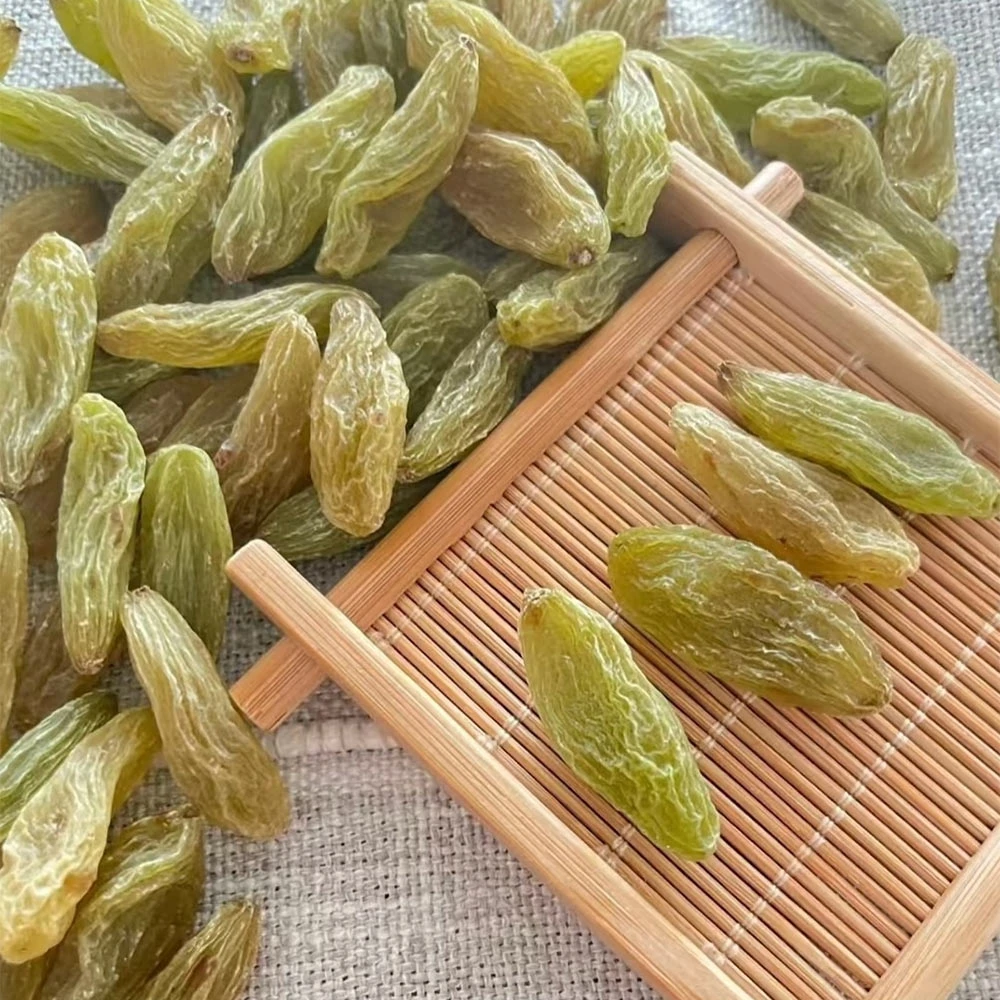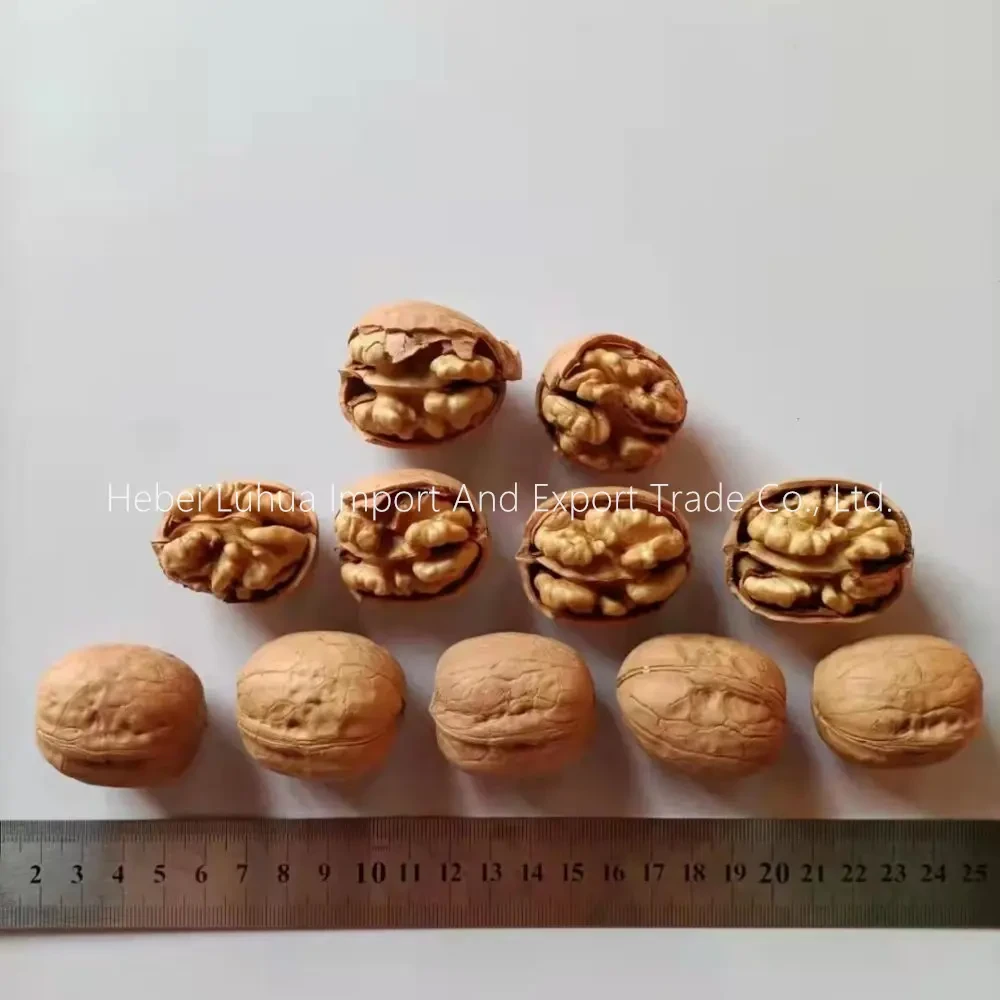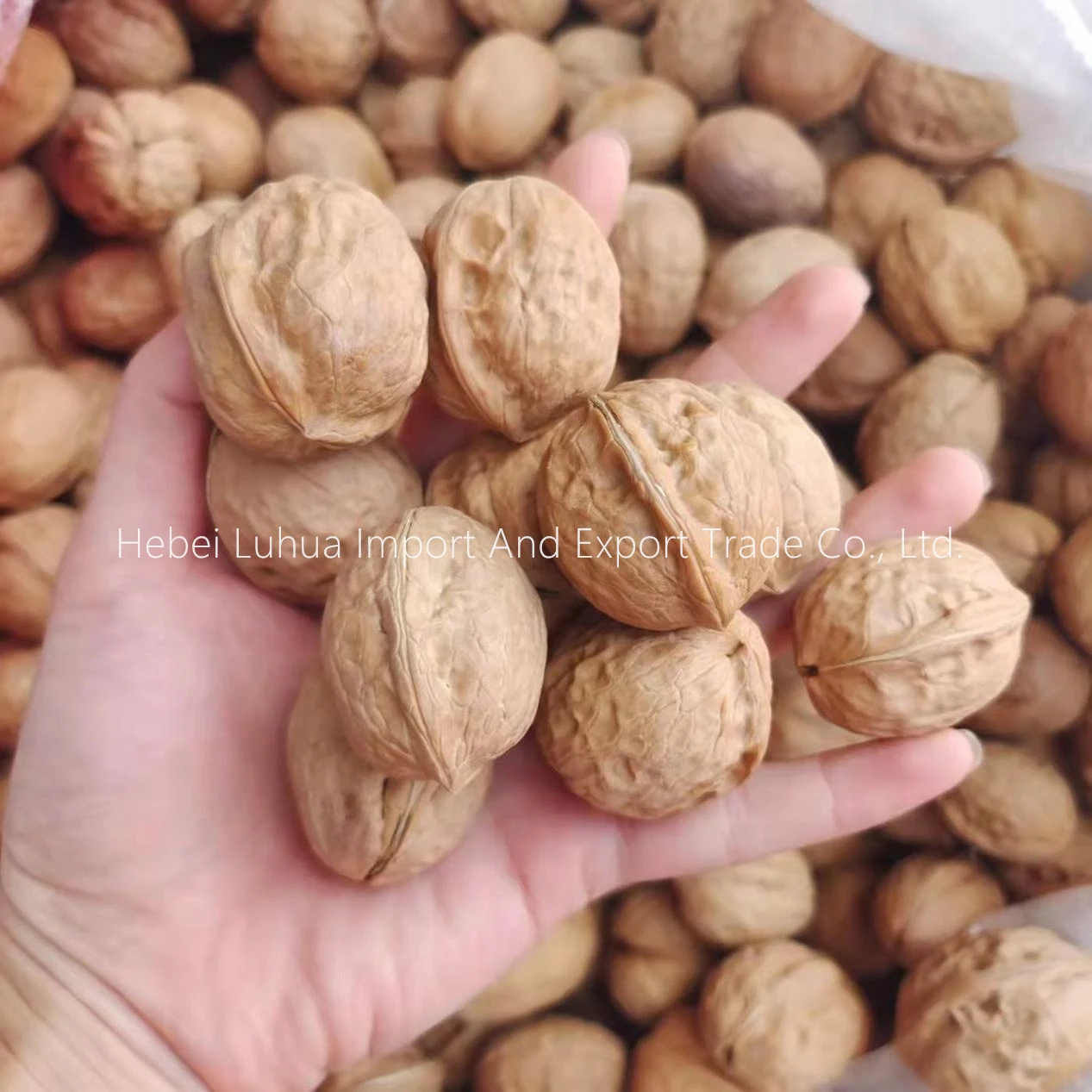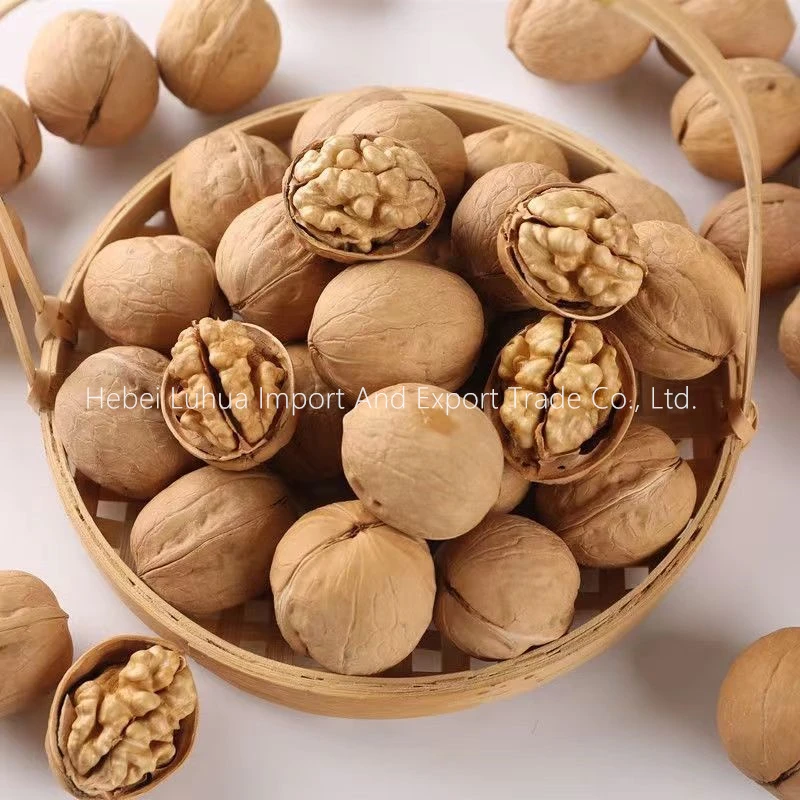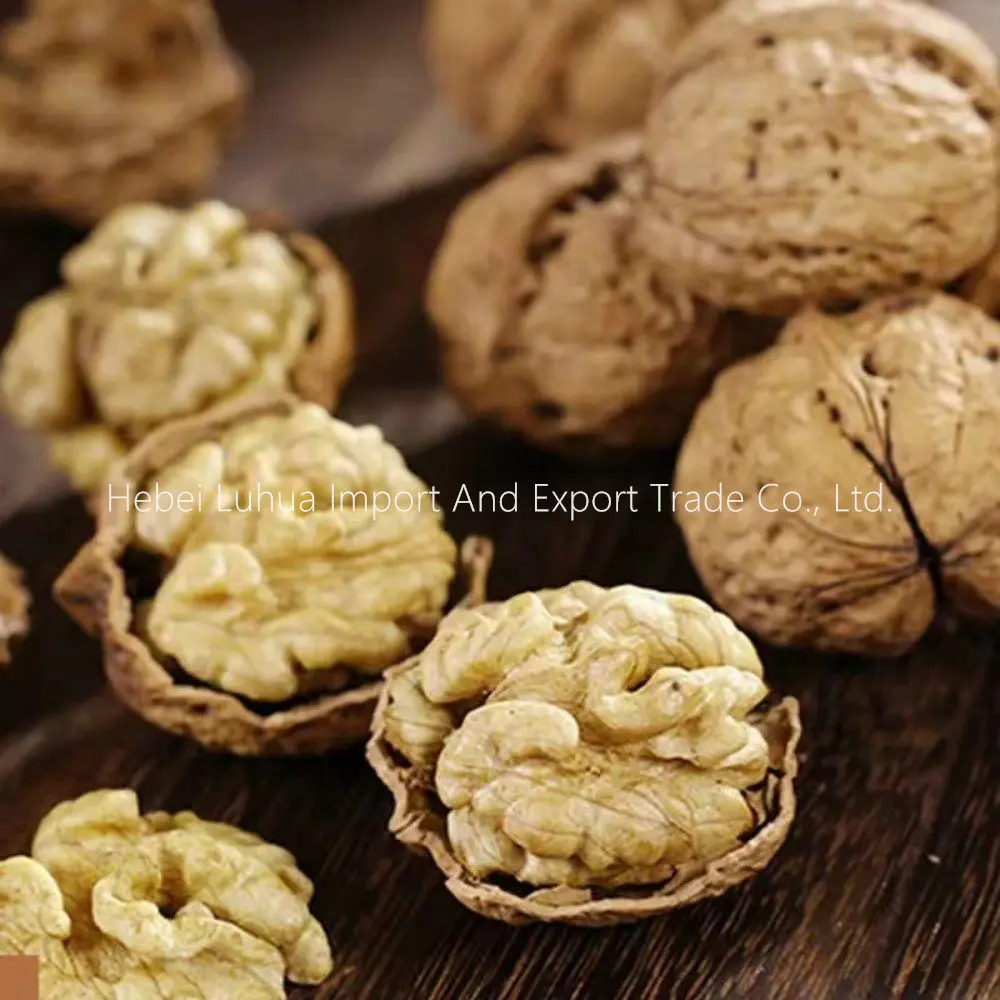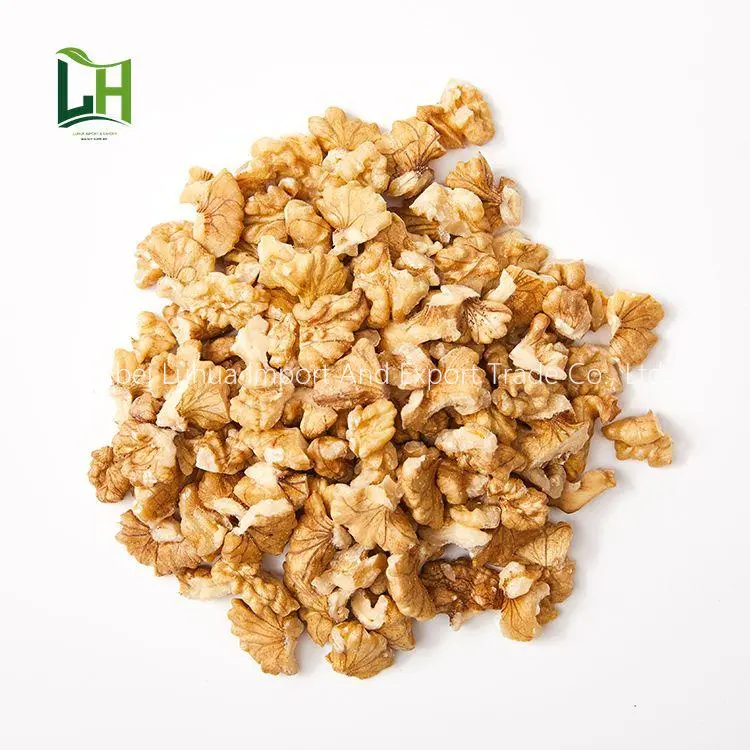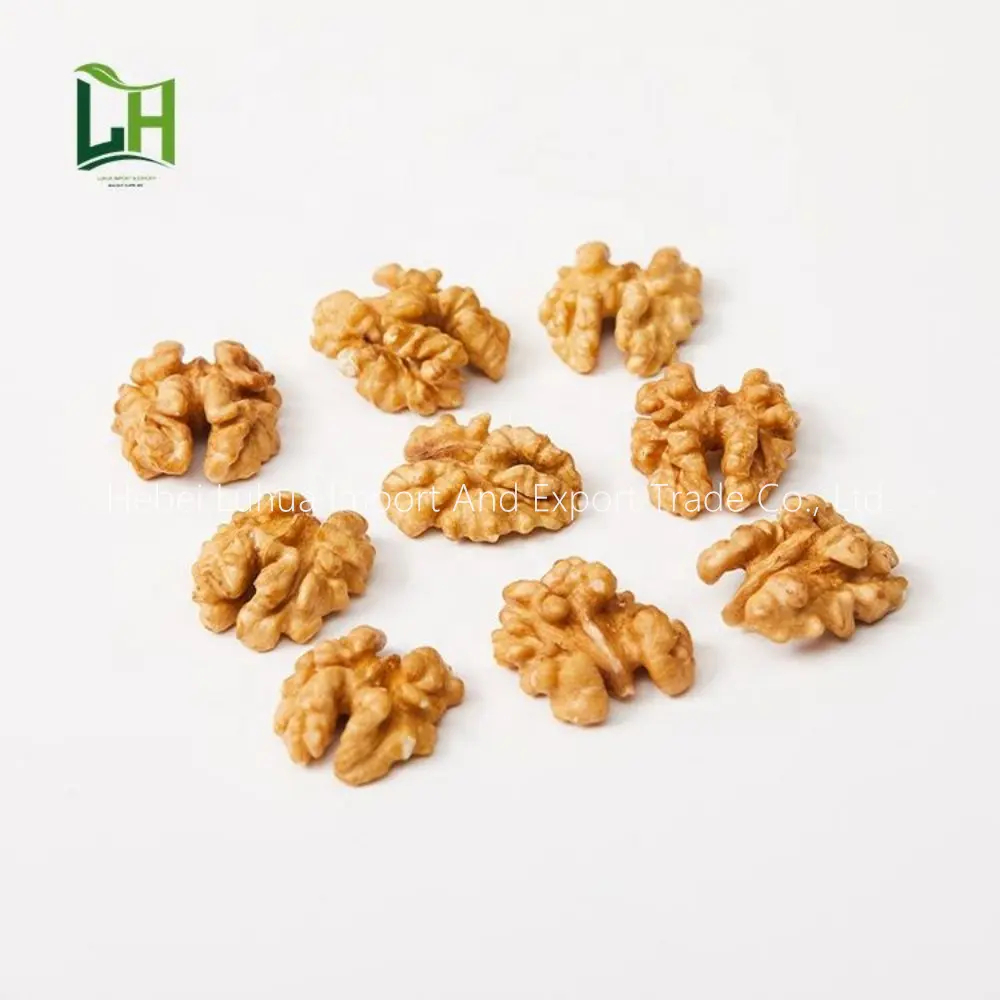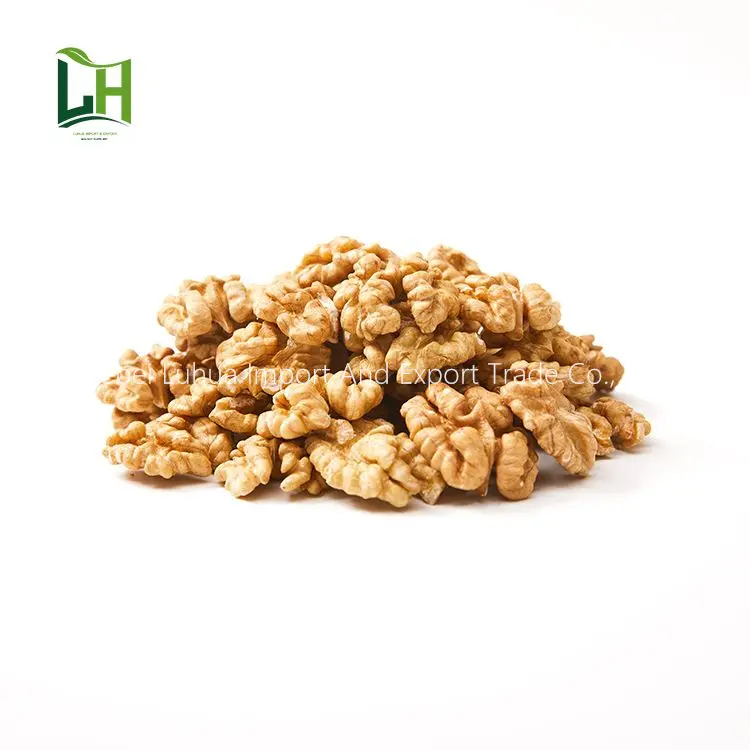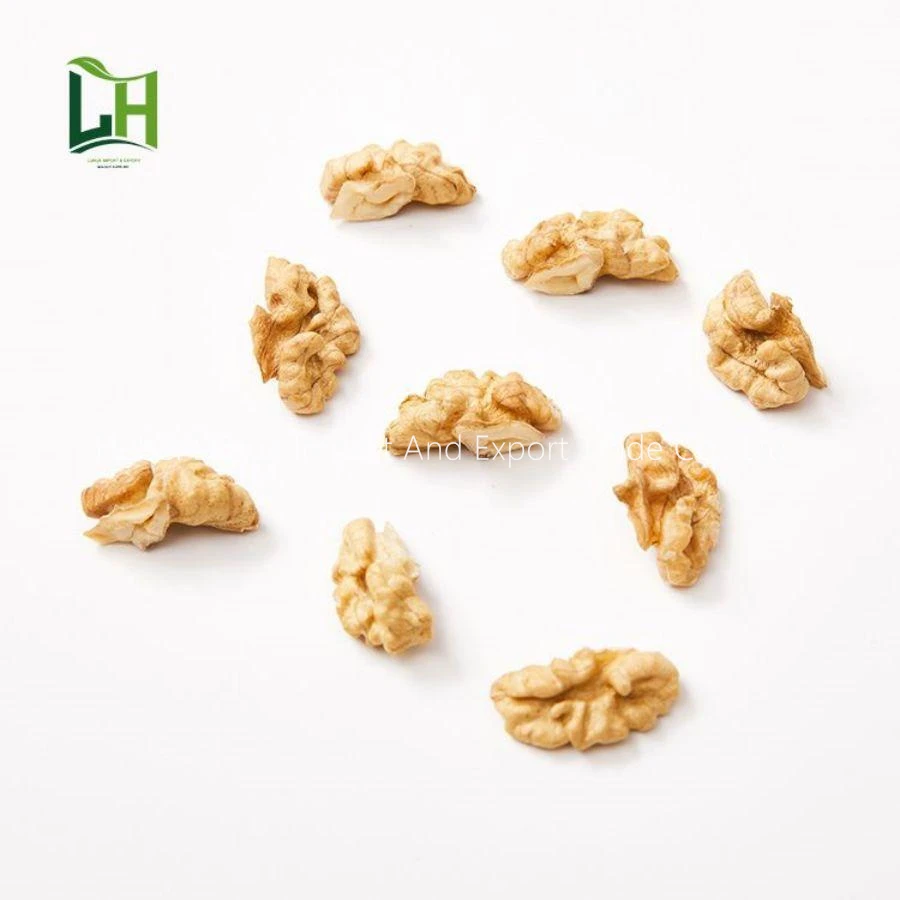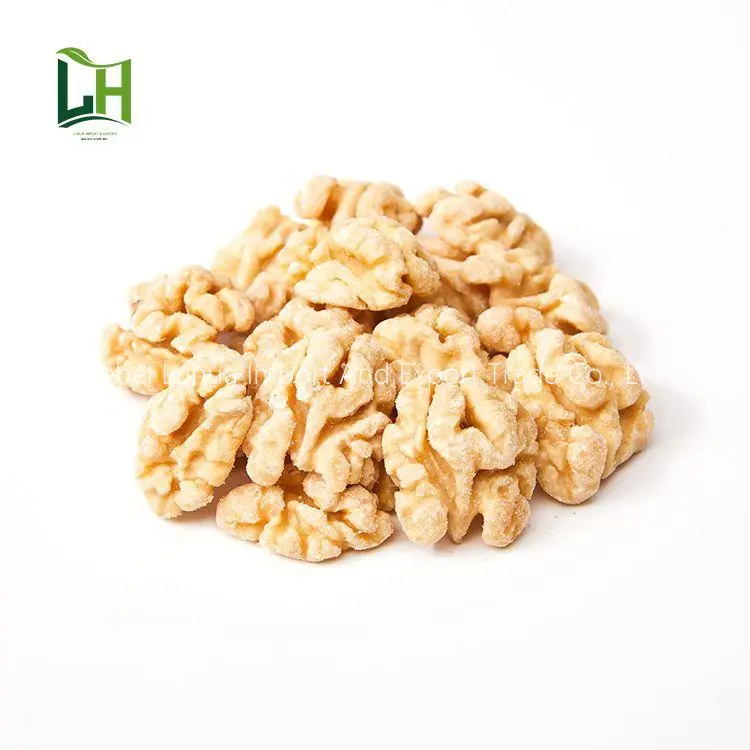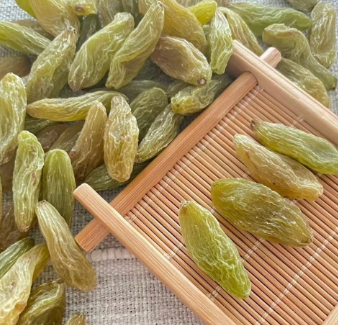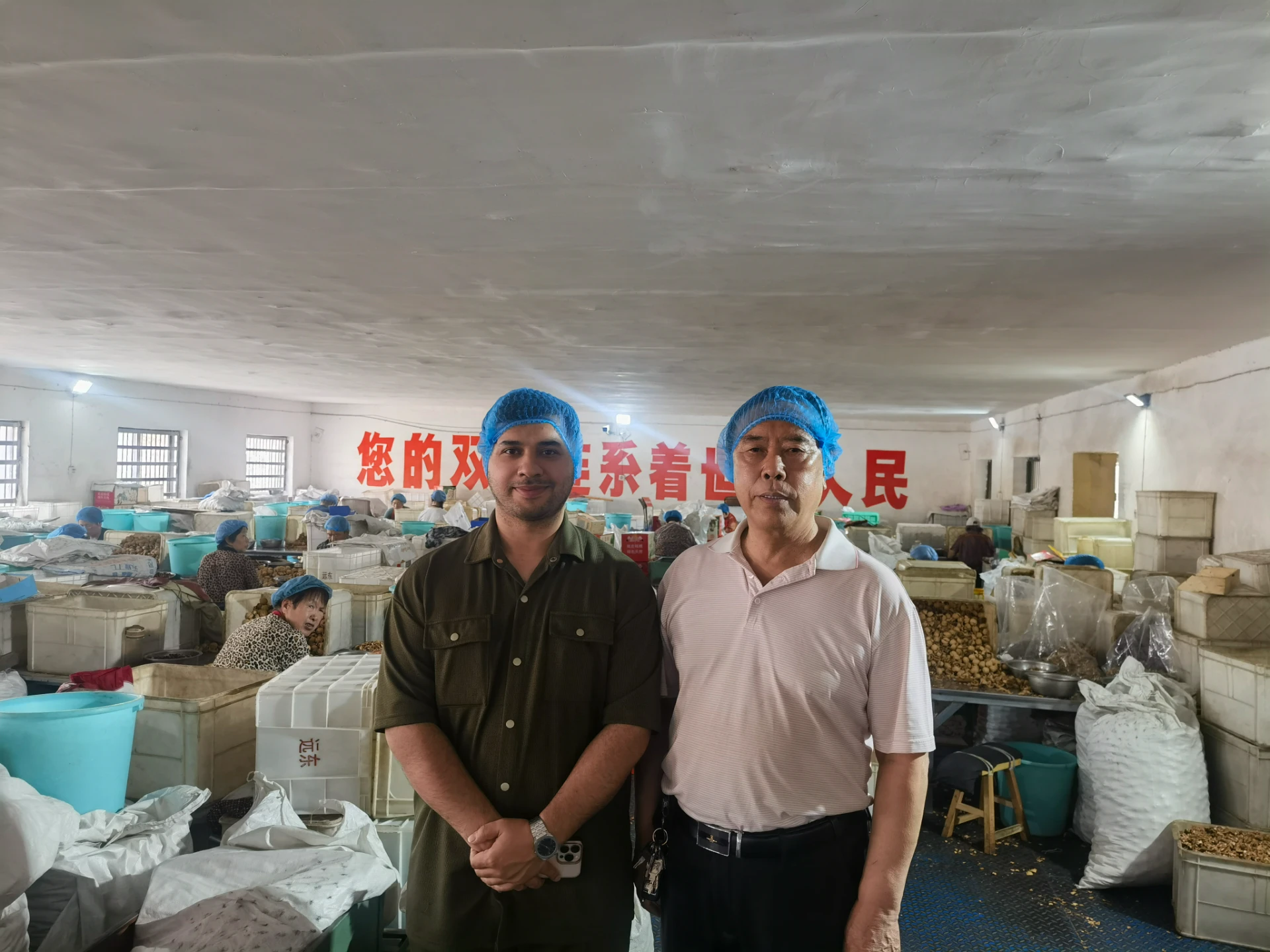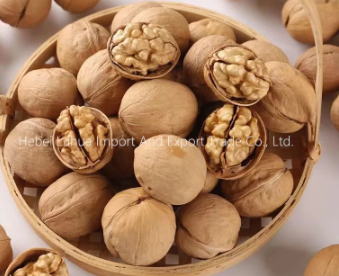- Introduction to walnut price per kg with shell
- Current market trends and statistical insights
- Technical superiority and grading standards
- Manufacturer benchmarking and comparison table
- Customized walnut procurement solutions
- Application cases and industry utilization
- Conclusion: Factors influencing walnut price per kg with shell and future outlook

(walnut price per kg with shell)
Understanding Walnut Price Per Kg with Shell
The walnut price per kg with shell encapsulates a multifaceted picture governed by supply-demand dynamics, grading standards, geographic origin, and annual crop yield fluctuations. Stakeholders ranging from end-consumers to bulk procurers must observe these factors to make informed purchasing decisions. Complicating the equation further are the distinctions among related terms: walnut with shell price per kg versus walnut price per kg without shell. These refer, respectively, to walnuts in their natural shell and the same product post-processing, each commanding its own market value. Understanding the assorted influences underlying these price points forms the first step toward a comprehensive mastery of the walnut commodity market.
Market Trends and Data-Driven Overview
Over recent years, the global walnut market has experienced significant volatility. In 2023, the average walnut price per kg with shell ranged from $2.30 to $3.10 depending on origin and grade, contrasted by the walnut price per kg without shell, which soared between $7.50 and $10.00. This variance results from processing losses—typically, 35-50% of weight is lost when removing the shell. Leading producing regions, including California (USA), Xinjiang (China), and Chile, contribute to approximately 85% of global supply. According to the International Nut and Dried Fruit Council, global walnut production reached 4.5 million metric tons in 2022, marking a 7.2% year-on-year increase. Despite higher yields, climate-induced anomalies such as late spring frosts and water scarcity are anticipated to affect 2024 prices, potentially driving premiums for higher-grade nuts.
Technical Superiority and Grading Standards
The technical grading of walnuts is essential to price determination. Premium-grade walnuts with shell are categorized by kernel rate, size uniformity, color, and moisture content. For example, U.S. No.1 quality, defined by the USDA, ensures kernels are light in color with a minimum kernel outturn of 48-50%, shell integrity, and a moisture limit below 8%. Modern processing lines deploy X-ray and optical scanners to separate foreign material and optimize grading, increasing output consistency and reducing labor costs by up to 25%. Additionally, post-harvest treatments such as controlled-atmosphere storage and on-site moisture regulation can extend shelf life by 6-9 months without affecting kernel integrity, providing an undeniable advantage to technologically invested suppliers.
Manufacturer Benchmarking: Performance and Pricing Comparison
Producers adopt varying standards and operational practices, impacting both price points and supply chain reliability. The following table showcases a comparative analysis of leading walnut suppliers in 2023:
| Manufacturer | Origin | Grading Technology | Moisture Content (%) | Average Kernel Rate (%) | Price per kg with Shell (USD) | Yearly Output (MT) |
|---|---|---|---|---|---|---|
| California Gold Nut Farms | USA | Automated Optical Sorting | 6.7 | 51 | 3.05 | 96,000 |
| Xinjiang Supreme Walnuts | China | X-ray Grading | 7.9 | 48 | 2.45 | 124,000 |
| Chile Nature Select | Chile | Color and Size Sorters | 7.1 | 50 | 2.85 | 61,000 |
| Iran Walnut Pro | Iran | Manual & Semi-automatic | 8.3 | 49 | 2.35 | 41,000 |
The comparison above illustrates how advancements in processing technology, combined with regional expertise, significantly shape the walnut with shell price per kg and supply availability.
Customized Walnut Procurement Solutions
Modern procurement strategies allow buyers to tailor walnut specifications in alignment with application needs. Large-scale food processors, for example, may demand specific kernel color and bulk packaging, while retailers seek branded, consumer-ready packages. Through flexible contracting, bulk buyers can secure split deliveries, price-hedging, and on-site inspections. Some suppliers also provide bespoke sorting for domestic versus export markets, meeting different nuts’ size and cleanliness standards. Leveraging logistics integration, advanced suppliers shorten the lead time from orchard to shelf to 25 days or less for main destinations, reducing spoilage and inventory costs. This adaptability proves indispensable for buyers facing seasonality-driven price swings or strict regulatory compliance requirements.
Application Cases and Industry Utilization
Walnuts with shell are utilized across food processing, retail, health supplementation, and even in non-food industrial sectors. For instance, one major Turkish confectioner shifted its supply to mechanized-graded California walnuts in 2022, reporting a 17% reduction in kernel breakage and saving $460,000 in material loss within a year. Another example features a European snack brand employing vacuum-sealed Xinjiang walnuts, noting a 30% shelf-life extension and acrylamide content reduction post-adoption of advanced post-harvest controls. Outside food, certain pharmaceutical companies extract polyphenols from walnut shells for nutraceutical products, highlighting the importance of consistent shell quality. In 2023, industry-wide adoption of high-quality walnuts led to an estimated $58 million boost in value-added nut-based products.
Conclusion: Factors Influencing Walnut Price Per Kg with Shell and Future Outlook
The walnut price per kg with shell remains a bellwether for agricultural commodity markets, shaped by technical rigor, supply chain integration, and evolving demand from major industries. The ongoing advancements in grading automation, logistics, and procurement customization will continue to drive competitiveness among leading manufacturers, while climatic volatility and regulatory changes may introduce new price pressures or opportunities. Buyers investing in supplier relationships and technological know-how will be optimally positioned for resilience. As the market recognizes the integral value of quality and reliability, the distinctions between walnut with shell price per kg and walnut price per kg without shell will remain vital metrics guiding both immediate purchases and long-term strategies.
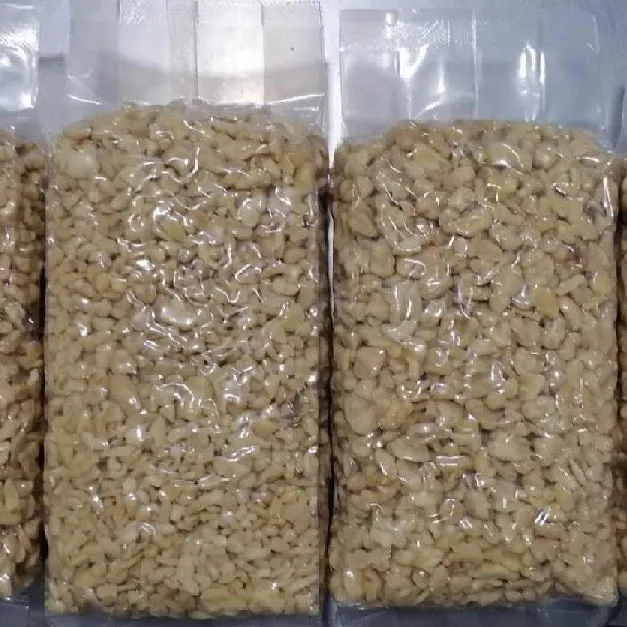
(walnut price per kg with shell)
FAQS on walnut price per kg with shell
Q: What is the current walnut price per kg with shell?
A: The current walnut price per kg with shell varies by region and quality. On average, it ranges from $2 to $5 per kg. Always check local market rates for the most accurate price.Q: How does walnut with shell price per kg compare to without shell?
A: Walnut price per kg with shell is typically lower than without shell because shelled walnuts require extra processing. Shelled walnuts usually cost between $7 to $12 per kg. The price difference reflects the labor and shell removal involved.Q: What factors affect walnut price per kg with shell?
A: Walnut prices with shell depend on quality, size, origin, and season. Harvest yield and demand also play a role. Higher quality walnuts or organic varieties may cost more.Q: Where can I find the best walnut with shell price per kg?
A: Local markets, wholesale suppliers, and online platforms often offer competitive prices. Comparing multiple sources will help you find the best deal. Buying in bulk usually results in a lower price per kg.Q: Is there a difference in nutrition between walnuts with shell and without shell?
A: The nutritional content of the walnut kernel is the same, whether sold with or without shell. The shell is inedible and only affects packaging and processing. Shelled walnuts are more convenient but costlier.Post time:Jul . 08, 2025 11:13
